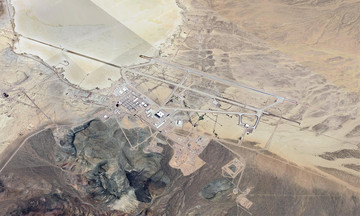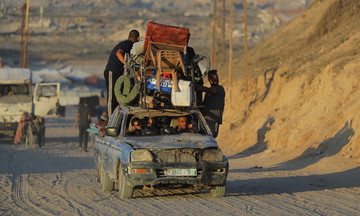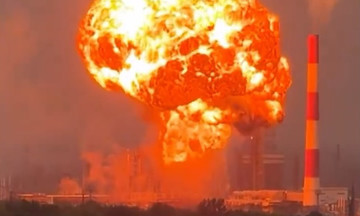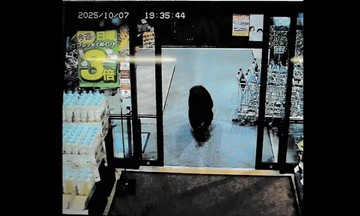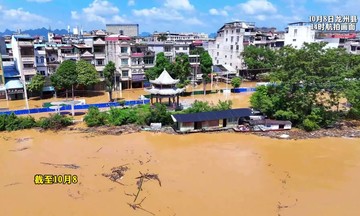The Chernobyl disaster is widely considered the world's worst civilian nuclear accident and one of only two nuclear disasters classified as Level 7, the highest severity level, on the International Nuclear Event Scale (INES). The other disaster was the leak at the Fukushima nuclear power plant in Japan in 2011. Through these events, humanity truly understood what radiation is, how dangerous it is, and the devastating consequences it can bring.
If the Chernobyl nuclear power plant accident had not occurred, perhaps no one would have thought to check the radiation levels of an ordinary apartment in a standard Soviet apartment building, where, over many years, residents kept dying.
In the late 1970s, the Karansky quarry in the Donetsk region of Ukraine, then part of the Soviet Union, along with a series of other quarries, began to increase production to meet the booming construction demand.
At that time, the Soviet Union aimed to use the 1980 Olympics to demonstrate to the world the country's development speed and prosperity. Apartment buildings were hastily constructed to renovate the urban landscape and prove that Soviet citizens always lived in comfortable homes. However, this effort required a large amount of basic construction materials.
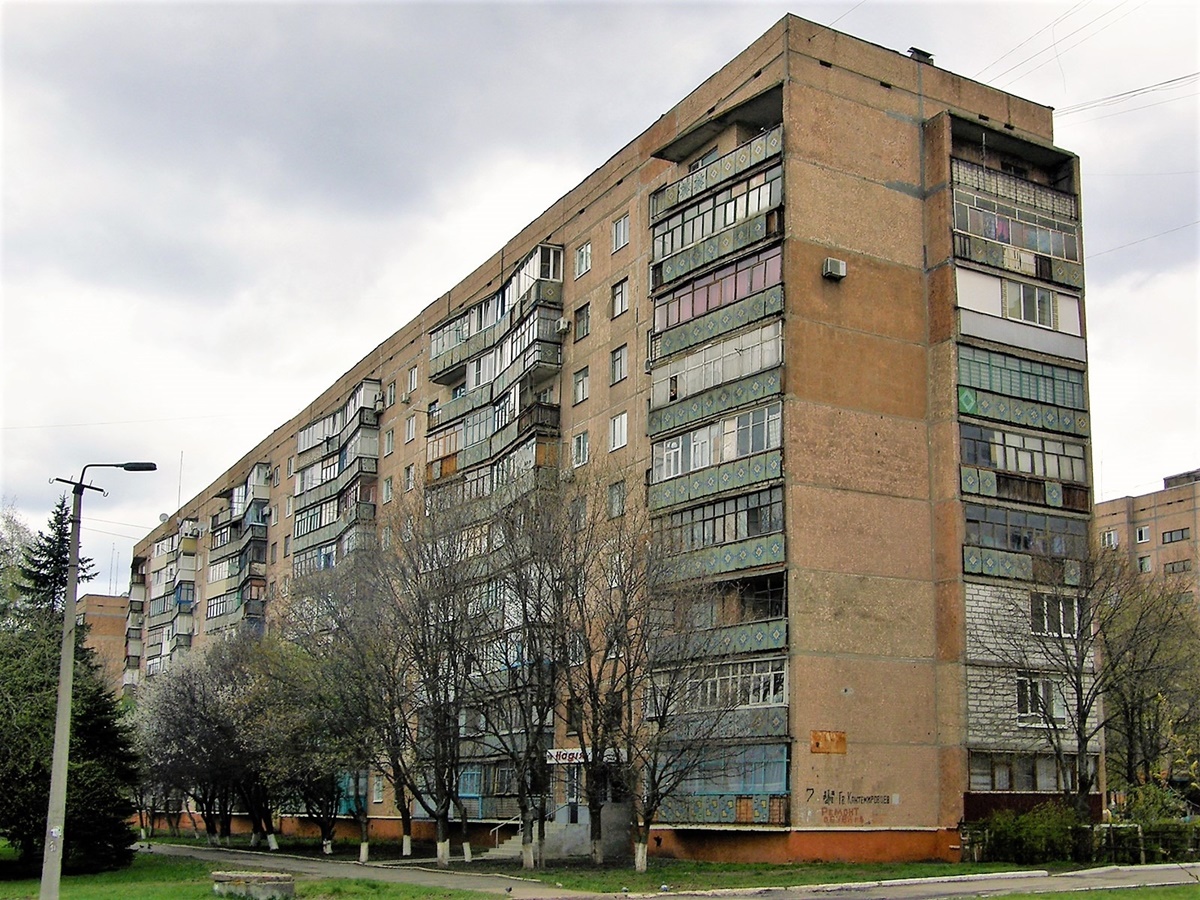 |
Building number 7 in Kramatorsk city, Donetsk province, Ukraine, where the nuclear incident occurred in the 1980s. Photo: Wikipedia |
Building number 7 in Kramatorsk city, Donetsk province, Ukraine, where the nuclear incident occurred in the 1980s. Photo: Wikipedia
At that time, and even to this day, quarries still use radiation-based material gauges to calculate the density of materials like gravel in containers, storage facilities, or conveyor belts. To operate this gauge, capsules containing the radioactive isotope Cesium-137 are required.
Due to the immense pressure to increase productivity, workers at the Karansky quarry accidentally lost a Cesium-137 capsule in the material gauge. They were unaware that it had fallen into the construction gravel, which was eventually used to build apartment building number 7 in Kramatorsk city, Donetsk province.
For the residents of building number 7, owning an apartment was a "dream come true." The building had hot water, a modern elevator, and looked much more upscale than other apartment buildings of the same period. Throughout the 1980s, two families lived in apartment 85 for 9 years, but their joy did not last.
Just one year after moving in, the 18-year-old daughter in the first family suddenly developed leukemia and died. Family and neighbors considered it an unfortunate event. A year later, her 16-year-old brother died of the same disease, followed by their mother. People began to sense something was wrong.
Many acquaintances of this family spread superstitious stories, claiming the apartment was "haunted," but such stories were not reported in the media. Doctors believed the three deaths from the same leukemia were due to genetic factors.
The city council then gave the apartment keys to a new family, and their fate was no less tragic. In 1987, this family had to hold a funeral for their teenage son, while their younger son was also fighting for his life in the hospital. Both suffered from the same disease: leukemia. This prompted the authorities to launch an investigation.
It was not until 1989 that experts arrived at the scene, bringing radiation detectors to the room where the victims had stayed before their deaths. They were horrified to discover incredibly high, lethal levels of radiation in the apartment.
The authorities immediately dismantled the room, and a large section of the wall was transferred to the Kiev Institute for Nuclear Research. There, they found a small capsule, the same one lost in the Karansky quarry years earlier.
This was the cause of death for 4 residents of building number 7 and affected 17 others. The radiation source was located in the wall near the victims' beds.
After the wall was removed, the gamma radiation in the building disappeared, and the radiation levels returned to normal. However, residents were not allowed to return to the apartment building. Authorities determined that from 1981 to 1989, 6 people, including 4 children and two adults, died, and 17 others suffered health problems due to radiation exposure.
Building number 7 still stands today. The incident serves as a stark reminder of the importance of safety regulations for radioactive materials and the need for immediate investigation of deaths following a clear pattern. Unfortunately for those 21 people, 9 years was too long.
Vu Hoang (According to AVNBMU, IFL Science, 9News)





